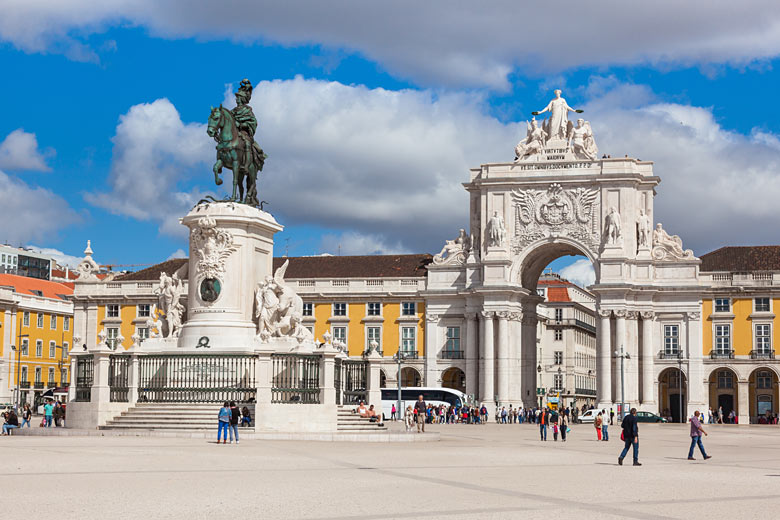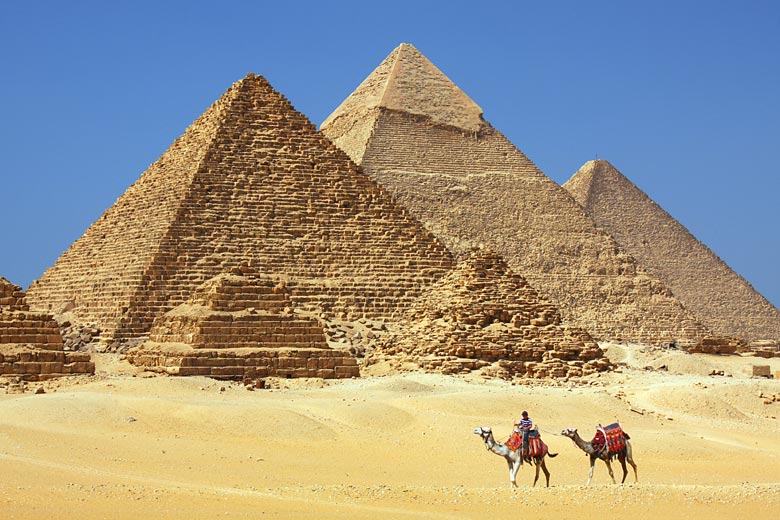The dramatic Danube: why you should cruise through Serbia
Wander along the Danube* in Vienna and Budapest, and you'll see long sleek river cruisers moored against its banks. But follow the Danube further south and you'll come across less familiar stretches of the river as it meanders briefly into Croatia before twisting into Serbia.
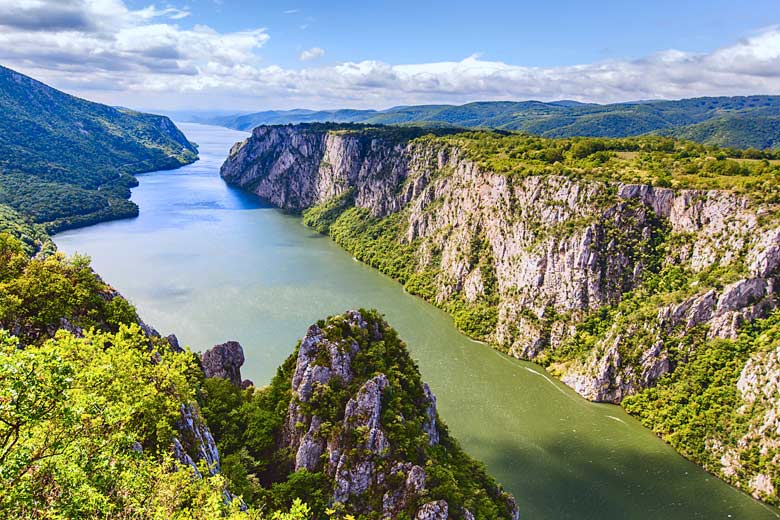
It's here, as the river forms a natural border with neighbouring Romania, that you'll see some of the Danube's most astonishing scenery as well as Serbia's two biggest cities. Here's why you should make the most of the Danube on a river cruise through Serbia.
Getting to the Danube: if you like the sound of sailing through Serbia, check out the variety of itineraries from TUI River Cruises*, which include stops in numerous other countries such as Austria, Slovakia and Hungary along the way.
Novi Sad
Serbia's second-largest city, one of 2022's three European Capitals of Culture, combines elegance with a wonderfully laid-back air. It's a place for lazy strolls along pedestrianised streets filled with buzzing café terraces.
Take one look at its neo-baroque townhouses in pretty pastel shades and you'll immediately spot Novi Sad's Habsburg heritage. One of the many pleasures of an amble down Zmaj Jovina, in addition to all those tempting cafés, are its narrow little lanes leading to cosy courtyards filled with bars and restaurants.
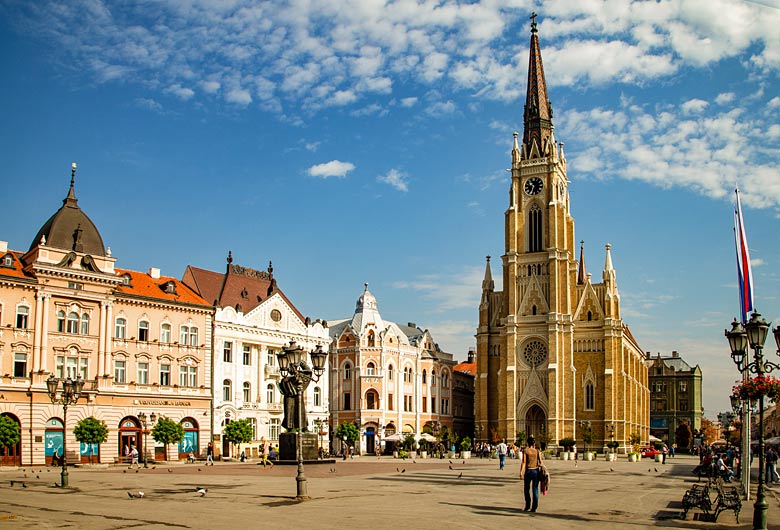
Pop into the Museum of Vojvodina opposite Dunavski Park to discover the fascinating history of Serbia's most multicultural region, where there are no fewer than six official languages.
Then head through the park and across the Danube to Petrovaradin Fortress, built by the Austrians in the 18th century and one of Novi Sad's most atmospheric sights.
Come July, it's the setting for the Exit Festival, one of the biggest events on the dance music calendar. Once you've explored the fortress's underground galleries and the Novi Sad Museum within, then it's time for a swim.
Cross the Danube and follow the wide footpath that leads to the Štrand, the sandy riverside beach that's the place to be when the weather warms up.
Belgrade
As the river cruiser carries along the Danube, you'll reach Serbia's lively capital and largest city, but not before passing Belgrade's attractive Habsburg-era suburb of Zemun along its banks.
The riverside teems with waterside restaurants on both banks of the Danube, some on the shores, others in permanently moored houseboats known as splavs.
And there's more to come once you swerve right into the Sava River at its confluence with the Danube. Life here is lived on the river, with more waterside restaurants and floating bars to go with a wonderfully wide riverside pedestrian and cycle path along both banks of the Sava.
.Lording over it all is the hulking Kalemegdam Fortress and its sprawling park and gardens overlooking the confluence; the ancient green heart of Belgrade.
From here you can stroll the streets of the Old Town, down the pedestrian thoroughfare of Knez Mihailova, perhaps dropping by the Zepter Museum for modern art and the National Museum of Serbia for its huge collection of art and artefacts.
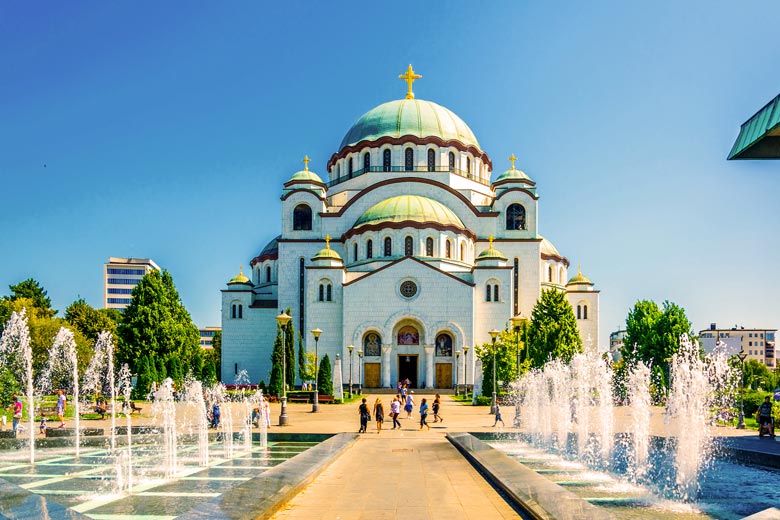
Wander the trendy streets of Dorćol before checking out the traditional Serbian restaurants in the old bohemian quarter of Skadarlija and, further south, the monumental, neo-Byzantine Sveti Sava Church, one of the largest Orthodox churches in the world.
Cross the Sava at Branko's Bridge and cool off in the greenery of Ušće Park, home to an enthralling collection of art at the Museum of Contemporary Art.
Cruising the Iron Gates
Once you reach Golubac about 130 km east of Belgrade, you enter the realm of fairy tales. This western edge of Derdap National Park marks the start of the impressive Derdap Gorge.
This boomerangs along for about 100 km, with Serbia on one side and Romania on the other. It's actually a series of four gorges interspersed with ravines.
This whole stretch is known as the Iron Gates, from the ancient Roman name Porta Ferea; obvious when you see the limestone cliffs rising steeply from the river at the point where the waters narrow abruptly.
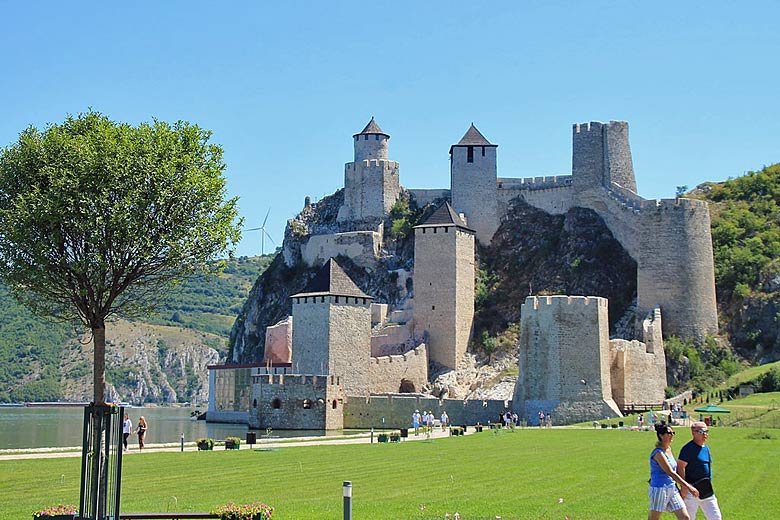
The sense of drama builds up when you spot the imposing Golubac Fortress built by the Hungarians in the 14th century to defend themselves against the invading Ottomans.
Its nine towers are now a picturesque and striking ruin, and if you're sure-footed, you can explore the ramparts and get fabulous views from the cliff on its west side. The best views, of course, will be from the river itself.
Lepenski Vir
In the midst of the Danube's steeply rising banks is a curious sight: the futuristic white roof protecting one of the oldest sites in Europe.
The settlement at Lepenski Vir dates from Mesolithic times, at least 5,350 BCE, probably earlier, and the highly stylised stone sculptures are said to be the oldest ones from that period in Europe.
Take your time exploring the museum's compelling collection of sculptures and artefacts, as well as a virtual re-creation of the settlement.
You'll see why people chose to make this place their home, with the fish-rich waters of the Danube in front and forests filled with game covering the hillside behind. Walk outside and you'll come to the open-air exhibit of architecture typical of the region.
Donji Milanovac
At the point where the Danube widens into Lake Derdap you'll find the pretty riverside town of Donji Milanovac.
It's usually the port stop for visits to Lepenski Vir and, unless the cruise continues along the Danube into Romania and Bulgaria, this is the point where the cruiser will head back to its starting point of Budapest.
As you walk along its attractive riverside promenade, you won't see many clues to the town's unusual history. First settled further south than its current spot, the town's population fled the invading Ottomans by resettling on the Danube island of Poreč.
Then it moved back to the mainland but, when the Derdap Dam was built in 1970, Donji Milanovac found itself having to move again, this time to where it sits comfortably on the Danube's right bank. If you want to visit the Derdap National Park, you'll find the main tourist office here.
Weather in Serbia
| Jan | Feb | Mar | Apr | May | Jun | Jul | Aug | Sep | Oct | Nov | Dec | |
|---|---|---|---|---|---|---|---|---|---|---|---|---|
| Maximum daytime temperature °C | ||||||||||||
| Hours of sunshine (daily) | ||||||||||||
| Days with some rainfall |
The above shows the weather in Belgrade. You can find out more about conditions year-round in our complete guide to the weather in Serbia.
Ready to book your river cruise? Check out the latest offers from TUI River Cruises, which has a variety of different itineraries through Serbia among many other destinations.
More about Serbia
- Overview
- Best time to visit
- Weather by month
- 5-day weather forecast
- Destinations
- Travel advice
- Deals & discounts
Serbia by month
Jan Feb Mar Apr May Jun Jul Aug Sep Oct Nov Dec
Explore holidays in the sun for less
- Beach holidays
- Family holidays
- City breaks
- Summer holidays
- Winter sun holidays
- Holiday offers
- Top travel brands
- Airlines & flights
- Discount hotels
- Airport parking deals
- TUI
- Jet2holidays
- easyJet holidays
- Love Holidays
- Black Friday sales
Airport parking
- Manchester Airport
- Stansted Airport
- Bristol Airport
- Luton Airport
- Birmingham Airport
- Edinburgh Airport
- Gatwick Airport
- Glasgow Airport
- Newcastle Airport
Airport lounges
- Manchester Airport
- Birmingham Airport
- Bristol Airport
- Edinburgh Airport
- Glasgow Airport
- Heathrow Airport
- Newcastle Airport
- Stansted Airport
- Gatwick Airport
Be inspired
Get your weekly fix of holiday inspiration from some of the world's best travel writers plus save on your next trip with the latest exclusive offers
We promise not to share your details





























